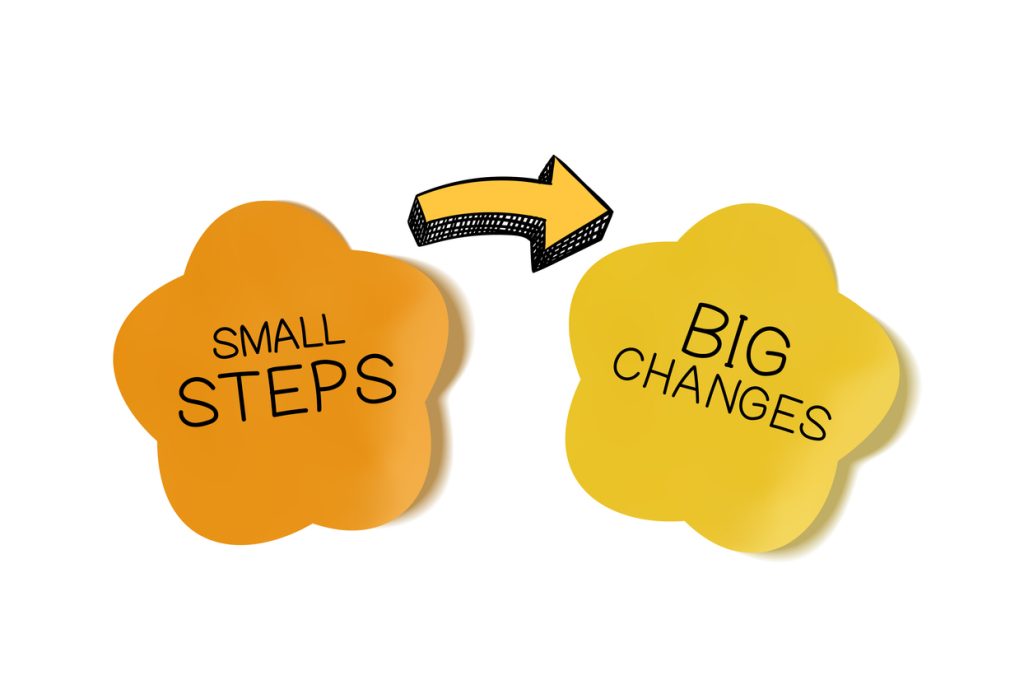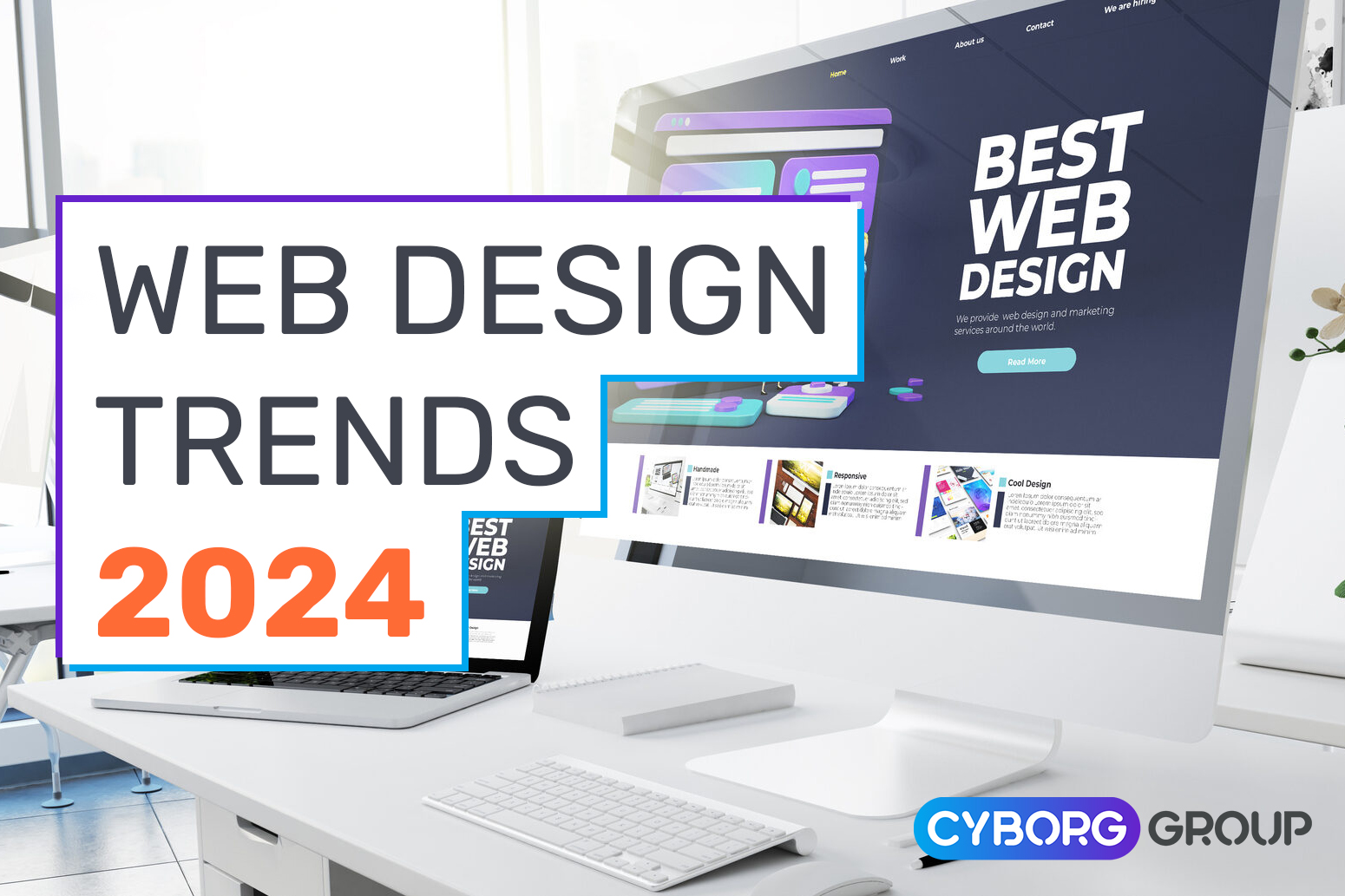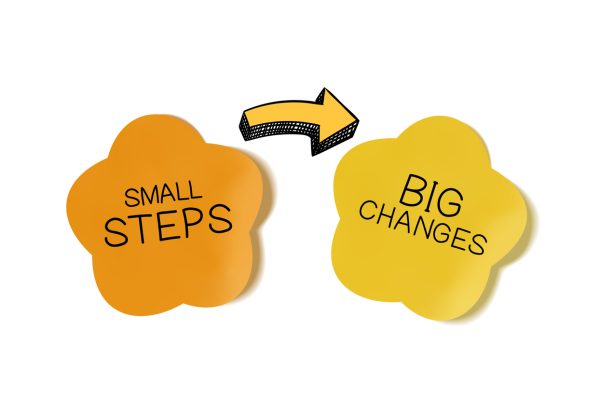In the intricate landscape of digital marketing, the strategic amalgamation of web design and conversion optimization stands as a formidable force. ‘Designing for Conversion: Tips and Tricks’ unveils the art and science behind crafting web experiences that captivate, guide, and compel users towards desired actions.
From visual cues to mobile optimization, this article offers a concise yet comprehensive guide to leveraging design for maximum conversion impact. Embrace the power of design to create compelling, high-converting digital experiences.
Key Takeaways
- Conversion-focused web design is important for improving conversions and driving desired actions on a website.
- Visual cues and breathing space in web design can direct visitors towards conversion goals and create a pleasant user experience.
- Trust elements and product exclusivity can convince users to convert and increase the perceived value of a product or service.
- Mobile optimization and tools for conversion-focused web design are essential for providing a smooth mobile experience and maximizing conversions.
Web Design Tips for Conversions
The implementation of specific web design techniques can significantly enhance the conversion rates of a website. Conversion Rate Optimization (CRO) is crucial for maximizing the effectiveness of a website. One of the key elements of CRO is landing page design, which plays a pivotal role in engaging visitors and prompting them to take desired actions. The user experience (UX) is equally important, as it directly impacts how visitors interact with the website. Incorporating effective call-to-action (CTA) buttons strategically within the design can guide users towards conversion goals.
When it comes to CRO, every detail of the web design should be geared towards optimizing the user’s journey and nudging them towards the desired action. From the layout of the page to the placement and design of CTA buttons, every aspect should be meticulously crafted to enhance the user experience and drive conversions. A seamless and intuitive navigation experience, coupled with visually appealing design elements, can significantly contribute to the overall success of the CRO efforts.
Transitioning into the subsequent section about ‘visual cues and breathing space’, it’s essential to understand how subtle visual cues and adequate breathing space on the landing page can further influence user behaviour and ultimately contribute to improved conversion rates.
Visual Cues and Breathing Space
Transitioning from the previous focus on web design elements, the concept of utilizing visual cues and breathing space plays a crucial role in guiding user behaviour and enhancing the overall conversion rates of a website. When it comes to creating a visually engaging and conversion-focused website, attention to detail is key. This includes:
- Visual Clarity: Employing high-quality imagery and graphics that resonate with the target audience, ensuring that the visual elements are cohesive and align with the brand identity.
- Using high-resolution images and videos that are relevant to the website’s content and purpose.
- Ensuring consistent colour schemes and visual themes across the website to maintain a cohesive and professional look.
- White Space Usage: Implementing strategic use of white space to improve readability and create a sense of openness.
- Incorporating ample white space around text and interactive elements to enhance visual hierarchy and guide users’ attention.
- Balancing the distribution of white space to avoid clutter and promote a clean, organized layout.
- Typography and Readability: Choosing fonts that are easy to read and complement the overall design, contributing to a seamless user experience.
- Selecting font styles and sizes that enhance readability across different devices and screen sizes.
- Ensuring proper line spacing and paragraph structure to facilitate effortless reading and comprehension.
By focusing on visual clarity, white space usage, typography, and readability, as well as integrating interactive elements, websites can effectively guide users towards conversion goals. These design elements collectively contribute to a user-friendly and visually appealing interface that encourages meaningful engagement and ultimately drives conversion.
In the subsequent section, we will delve into the significance of incorporating trust elements and product exclusivity to further optimize the conversion-focused web design.
Trust Elements and Product Exclusivity
Untabifying trust elements and emphasizing product exclusivity are pivotal aspects of designing for conversion, ensuring a compelling and trustworthy user experience. Trust signals, such as customer reviews, testimonials, and industry certifications, play a crucial role in building credibility and reassuring potential customers. By showcasing the value proposition and establishing transparent pricing, businesses can enhance their trustworthiness and alleviate any concerns that users may have. Moreover, leveraging social proof through user-generated content and collaborations with industry influencers can further bolster the emotional design of the website, resonating with the audience and fostering a sense of community.
In addition to trust elements, product exclusivity can be heightened through the creation of urgency and scarcity, compelling users to take action. Limited-time offers, exclusive deals, and personalized recommendations can instil a sense of exclusivity, driving conversions and fostering customer loyalty. By incorporating these exclusivity tactics, businesses can differentiate themselves in the market and create a sense of anticipation and desire among their target audience.
Transitioning into the subsequent section about ‘mobile optimization and conversion tools’, it is essential to ensure that these trust elements and product exclusivity strategies are seamlessly integrated into the mobile user experience. Mobile optimization plays a critical role in maintaining consistency across different devices and delivering a frictionless conversion process for users.
Mobile Optimization and Conversion Tools
When focusing on mobile optimization and conversion tools, it is crucial to seamlessly integrate trust elements and product exclusivity strategies into the user experience. This involves implementing mobile-friendly design with responsive user interface (UI) elements to ensure a smooth browsing experience. Loading speed optimization is also imperative for mobile conversions, requiring careful consideration of page elements and imagery to maintain a maximum file size of 100kb. Furthermore, the utilization of tools for conversion-focused web design, such as FullStory, Crazyegg, and Zoho Pagesense, can aid in identifying areas for improvement and enhancing the overall user experience.
In the realm of mobile optimization, the integration of responsive design is essential to ensure that the website functions seamlessly across various devices and operating systems. Additionally, the implementation of user interface (UI) elements that are optimized for mobile viewing is crucial for enhancing user engagement and driving conversions.
Moreover, the loading speed optimization of mobile landing pages is fundamental for reducing bounce rates and improving user experience. This involves compressing visuals, avoiding external crowd-sourced scripts, and utilizing caching to enhance page loading times. By focusing on these aspects, businesses can create an optimized and user-friendly mobile experience that is conducive to driving conversions.
Conversion Rate Optimization Tips
Conversion rate optimization tips are essential for improving website performance and driving user actions. Implementing these tips involves leveraging various strategies, including AB testing, persuasive design principles, and analysing relevant analytics and metrics. Here are some key tips for optimizing conversion rates:
| Conversion Funnel Optimization | Persuasive Design Principles | Analytics and Metrics |
|---|---|---|
| Map out and analyse the entire conversion funnel to identify potential drop-off points and optimize each stage for maximum conversions | Implement persuasive design techniques such as scarcity, social proof, and urgency to nudge users towards taking action | Utilize analytics tools to track and measure key performance indicators, such as bounce rate, conversion rate, and user engagement |
By applying these tips, businesses can gain valuable insights into user behaviour and preferences, refine their design and messaging, and ultimately improve their conversion rates.
Transitioning into the subsequent section about ‘effective use of analytics’, it is crucial to understand how to interpret and utilize the data gathered from these analytics and metrics to further enhance website performance and drive conversions.
Effective Use of Analytics
Transitioning into the realm of effective use of analytics, businesses can gain valuable insights into user behaviour and preferences, refine their design and messaging, and ultimately improve their conversion rates.
When it comes to leveraging analytics for conversion optimization, several key strategies can be employed:
- Utilizing Behavioural Triggers: By analysing user interactions and engagement patterns, businesses can identify behavioural triggers that prompt conversions, allowing for the strategic placement of calls-to-action and other conversion-focused elements.
- Leveraging Eye-Tracking Studies: Eye-tracking studies provide invaluable data on where users focus their attention on a webpage, enabling businesses to optimize the placement of critical elements and enhance visual hierarchy for maximum impact.
- Implementing Heatmaps and Usability Testing: Heatmaps offer visual representations of user interactions, highlighting areas of high and low engagement, while usability testing provides direct feedback on user experience, enabling businesses to make data-driven design decisions.
By incorporating these techniques, businesses can gain a deeper understanding of user behaviour, identify areas for improvement, and implement targeted optimizations to enhance conversion rates.
As we delve into the subsequent section about ‘assessing landing/sales pages’, the insights gained from effective use of analytics will further inform the refinement of design elements and user experience to drive conversions.
Assessing Landing/Sales Pages
Upon evaluating landing/sales pages, businesses can derive valuable insights to refine design elements and enhance user experience, ultimately driving conversions. To effectively assess the performance of landing/sales pages, various strategies and tools can be employed. The use of heat maps helps identify the most attention-grabbing areas on a page, guiding the placement of key elements. Additionally, recording user behaviour on the page provides a deeper understanding of their actions and preferences. Businesses can also incorporate trust markers such as awards, partners, and compliance certificates to instil confidence in visitors. Moreover, the utilization of exit-intent popups and lead capture forms can help capture the attention of potential customers and encourage interaction for instant gratification.
| Strategy | Tools/Methods | Benefits |
|---|---|---|
| Heat maps analysis | Heatmap tools such as Crazy Egg | Identify attention-grabbing areas |
| User behaviour recording | Session recording tools like FullStory | Understand user actions and preferences |
| Trust markers | Display awards, partners, compliance certificates | Instil confidence in visitors |
| Exit-intent popups | Implementation through website plugins | Capture attention and encourage interaction |
| Lead capture forms | Integration into landing pages | Prompt user interaction and instant gratification |
Engaging Web Visitors
As businesses strive for improved user engagement and conversion rates, engaging web visitors remains a critical aspect of optimizing landing/sales pages. To achieve this, it is essential to consider several factors that contribute to effective engagement:
- Colour Psychology: Utilize colours strategically to evoke emotions and influence visitor behaviour. For example, warm colours like red and orange can create a sense of urgency, while cooler tones like blue and green can promote calmness and trust.
- Personalization Techniques: Implement personalized content based on user preferences, demographics, and previous interactions. This can include tailored product recommendations, dynamic website content, and personalized email marketing campaigns.
- FOMO Tactics: Leverage the fear of missing out (FOMO) by highlighting limited-time offers, low stock availability, or time-sensitive discounts. This can create a sense of urgency and drive visitors to take action.
Optimization Focus
The optimization of website performance is a key focus in achieving higher conversion rates. To achieve this, several key areas need to be addressed.
First, checkout process streamlining is crucial to reduce cart abandonment and ensure a seamless user experience. Implementing multiple payment options and a guest checkout feature can cater to different customer preferences and expedite the process. Additionally, incorporating progress indicators can keep users informed throughout the checkout process, enhancing transparency and trust.
In addition, implementing SEO best practices is essential for driving organic traffic and improving visibility on search engine results pages. This involves optimizing website content, meta descriptions, and tags, as well as focusing on relevant keywords to attract potential customers actively searching for products or services.
Furthermore, page speed insights play a significant role in user experience and conversion rates. By compressing visuals for faster loading speeds, avoiding external crowd-sourced scripts, and utilizing caching, website performance can be significantly enhanced. A fast-loading website not only provides a better user experience but also positively impacts SEO rankings.
Moreover, adopting conversion-centric theming is crucial for creating a visually appealing and persuasive website that directs users towards conversion goals. This involves designing the website with a focus on guiding visitors towards taking specific actions, such as making a purchase or signing up for a service, through strategic placement of call-to-action buttons and persuasive design elements. By aligning the website’s design with conversion objectives, the likelihood of conversion increases significantly.
Re-Vamping and Re-Selling Strategies
To enhance conversion rates, businesses can revamp and resell their products and services to appeal to new audiences and maintain relevance. When considering re-vamping and re-selling strategies, it is essential to focus on optimizing the content hierarchy, ensuring clear messaging, and refining page layouts. This approach can significantly improve user engagement and conversion rates.
Here are some key strategies to consider:
- Content Hierarchy: Re-evaluate the organization of content on your website to prioritize essential information and guide users towards conversion points. Utilize strategic placement and visual cues to direct attention where it matters most. Highlight key selling points and calls to action prominently on the page. Streamline navigation to ensure a seamless user journey towards conversion.
- Clear Messaging: Invest in crafting compelling and concise messaging that clearly communicates the value proposition of your offerings. This can help capture the attention of new audiences and drive them towards conversion. Use concise and impactful language to convey the benefits of your products or services. Leverage persuasive copywriting to create a sense of urgency and drive action.
- Page Layouts and Quality Images: Optimize page layouts to ensure a visually appealing and intuitive user experience. Additionally, invest in quality images that showcase your products or services in the best light, further enticing potential customers to convert. Implement visually appealing and user-friendly layouts to guide visitors through the conversion funnel. High-quality images can enhance the overall aesthetics of the website and create a positive impression, contributing to higher conversion rates.
Frequently Asked Questions
How Can I Use Social Media to Drive Traffic to My Website and Improve Conversions?
To use social media for driving website traffic and boosting conversions, there are several key strategies to employ.
First, engage the audience with captivating and shareable content. This can include informative articles, eye-catching visuals, or entertaining videos. The goal is to create content that people will want to share with their own followers, thereby increasing your reach and driving more traffic to your website.
Second, leverage social media advertising to target specific audience segments. With the advanced targeting options available on platforms like Facebook and Instagram, you can ensure that your ads are being seen by the right people. This can greatly increase the effectiveness of your campaigns and drive more qualified traffic to your website.
Third, monitor analytics to measure campaign effectiveness. By tracking metrics such as click-through rates, engagement rates, and conversion rates, you can gain insights into what is working and what isn’t. This will allow you to make data-driven decisions and optimize your social media strategies for better results.
Additionally, it’s important to integrate social sharing buttons on your website. This makes it easy for visitors to share your content with their own social media followers, further increasing your reach and driving more traffic back to your site.
Finally, prioritize social media-to-website strategies. Encourage user engagement on social media platforms by asking questions, running contests, or hosting live events. This will not only drive traffic from social media to your website but also increase brand visibility and foster a sense of community among your followers.
What Are Some Effective Strategies for Streamlining the Checkout Process to Reduce Cart Abandonment?
To reduce cart abandonment, effective strategies for streamlining the checkout process include:
- Simplifying the process to minimize steps
- Offering multiple payment options to cater to diverse preferences
- Implementing a guest checkout option for a faster experience
- Utilizing progress indicators to keep users informed.
These strategies aim to enhance user experience and reduce friction, ultimately leading to higher conversion rates and improved customer satisfaction.
How Can I Harness the Power of Video to Increase Engagement and Drive Conversions on My Website?
Harness the power of video to elevate engagement and drive conversions on your website by integrating engaging and informative video content.
Optimize videos for search engines with relevant keywords and tags, embedding them on your site to enhance user engagement.
Consider utilizing video testimonials to build trust and credibility.
Experiment with interactive or live streaming videos to captivate your audience and propel them towards conversion.
What Are Some Best Practices for Personalization and Targeting to Improve Conversion Rates?
To improve conversion rates, best practices for personalization and targeting include:
- Segmenting the audience based on demographics, behaviours, and preferences.
- Personalizing content and offers based on user data, preferences, and targeted advertising to reach specific audience segments.
- Implementing dynamic content that adapts to each user’s preferences.
- Leveraging customer data for personalized email marketing campaigns.
These practices enable tailored experiences that resonate with users and drive higher conversions.
How Can I Integrate Social Media Into My Website for Increased Reach and User Engagement?
To integrate social media into your website for increased reach and user engagement, there are several strategies to prioritize. First, focus on social media-to-website strategies. This involves promoting your website on social media platforms and encouraging users to visit your site for more information or to make a purchase.
Another key strategy is to drive traffic from social media platforms to your website. This can be done by sharing links to your website on social media posts, running social media ads that direct users to your site, or collaborating with influencers who can promote your website to their followers.
Once users are on your website, it’s important to encourage their engagement. This can be done by creating interactive content, such as quizzes or polls, that encourage users to participate and share their results. You can also include comment sections or forums where users can discuss and share their thoughts.
To further increase reach, integrate social sharing buttons on your website. These buttons allow users to easily share your content on their own social media profiles, expanding your audience and increasing brand visibility.
Lastly, consider leveraging social media advertising to grow your website. Paid advertising on social media platforms can help you reach a wider audience, target specific demographics, and drive more traffic to your site.
Conclusion
In conclusion, the art of web design plays a critical role in driving conversions and influencing user behaviour.
By strategically utilizing visual cues, trust elements, and mobile optimization, designers and marketers can create compelling digital experiences that guide visitors through the sales funnel.
With a focus on conversion-centred design and targeted strategies, web design can serve as a powerful tool for capturing attention and compelling desired actions, ultimately leading to increased conversion rates and success in the digital realm.



